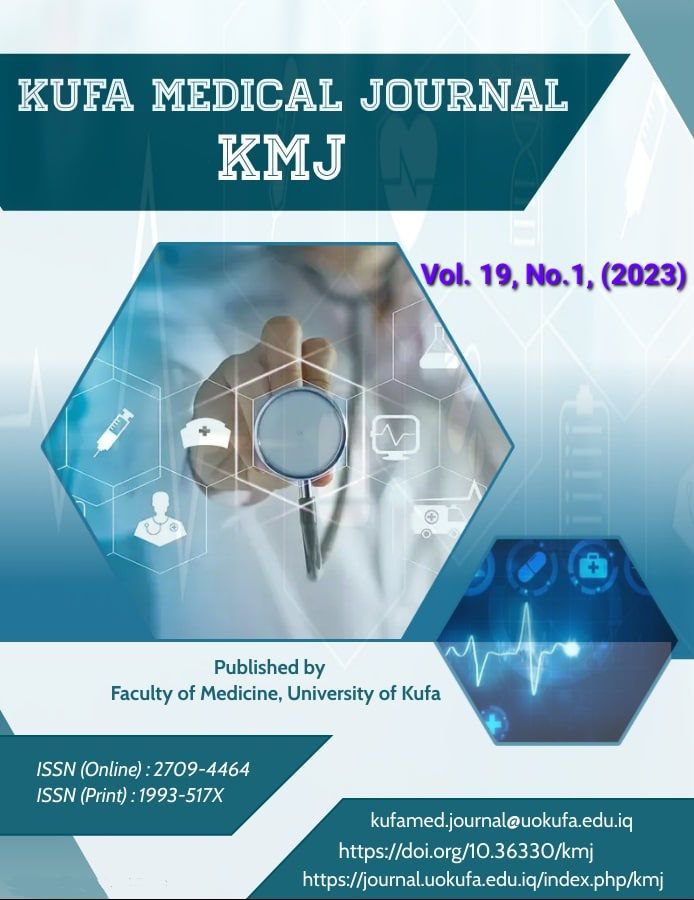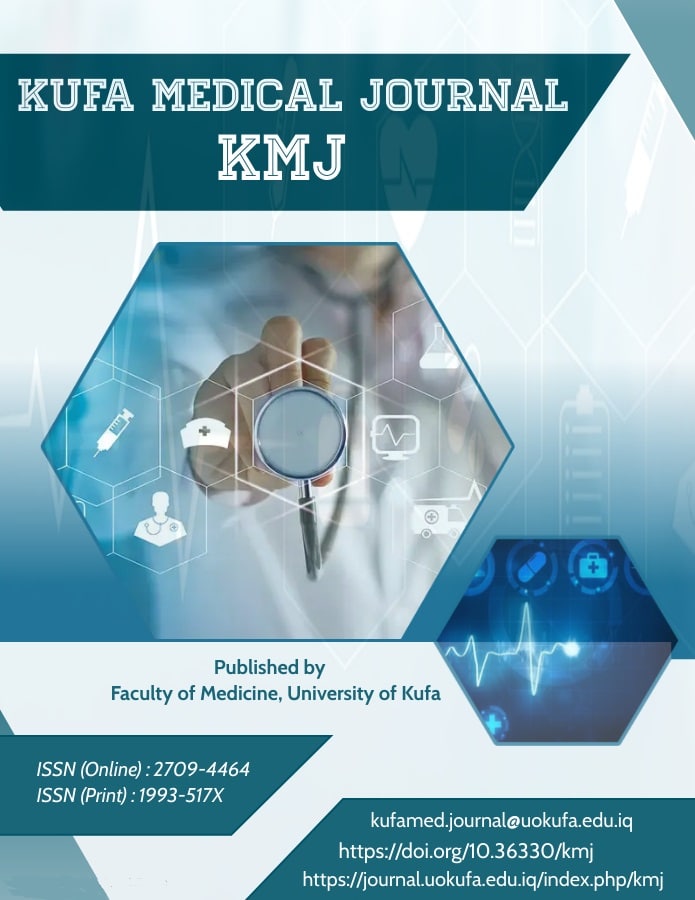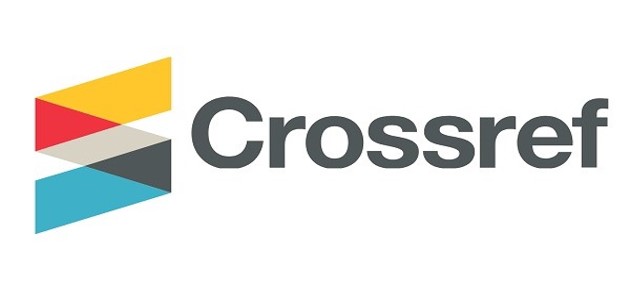Evaluating The Effect Of Propolis On Surface Roughness And Wettability Properties Of The Addition Silicon Impression Material
DOI:
https://doi.org/10.36330/kmj.v19i1.12105Keywords:
Addition Silicon, Dental Impression Disinfection, Propolis, Surface Roughness, WettabilityAbstract
Abstract : Dental impression materials should always be disinfected after contact with a patient's blood, plaque or saliva to prevent contamination from spreading. The disinfectants could have an effect on the surface roughness and wettability properties. The purpose of this study was to investigate the effect on the surface roughness and wettability properties of addition silicon impression material after immersion in two disinfectants (5.25% NaOCL for 10 min and 16 mg/ml propolis for 5,10, and 15 min). 50 heavy- and light-body addition impression materials specimens were randomly divided into test groups of five specimens for each test. The impression specimens were immersed into two disinfection solutions: 5.25% NaOCL for 10 min and 16 mg/ml propolis for 5,10,15 min but the control group received no treatment. A digital Profilometer was used to measure surface roughness while a Goniometer was used to measure the contact angle which was used to estimate the specimens' wettability. Accordingly, the study has s found that there was no statistically significant difference between the addition silicon imprint material's wettability and the surface roughness (P>0.05) when compared to the control group. The immersion in 16% propolis for 10 minutes shows no significant effect on the addition's wettability or surface roughness.
Downloads
Downloads
Published
How to Cite
Issue
Section
License
Copyright (c) 2023 Noor Falah Abdul Aale Anooz

This work is licensed under a Creative Commons Attribution 4.0 International License.
which allows users to copy, create extracts, abstracts, and new works from the Article, alter and revise the Article, and make commercial use of the Article (including reuse and/or resale of the Article by commercial entities), provided the user gives appropriate credit (with a link to the formal publication through the relevant DOI), provides a link to the license, indicates if changes were made and the licensor is not represented as endorsing the use made of the work. The authors hold the copyright for their published work on the KMJ website, given that KMJ is responsible to appreciate citation for their work, which is released under CC-BY-4.0 enabling the unrestricted use, distribution, and reproduction of an article in any medium, provided that the original work is properly cited.












